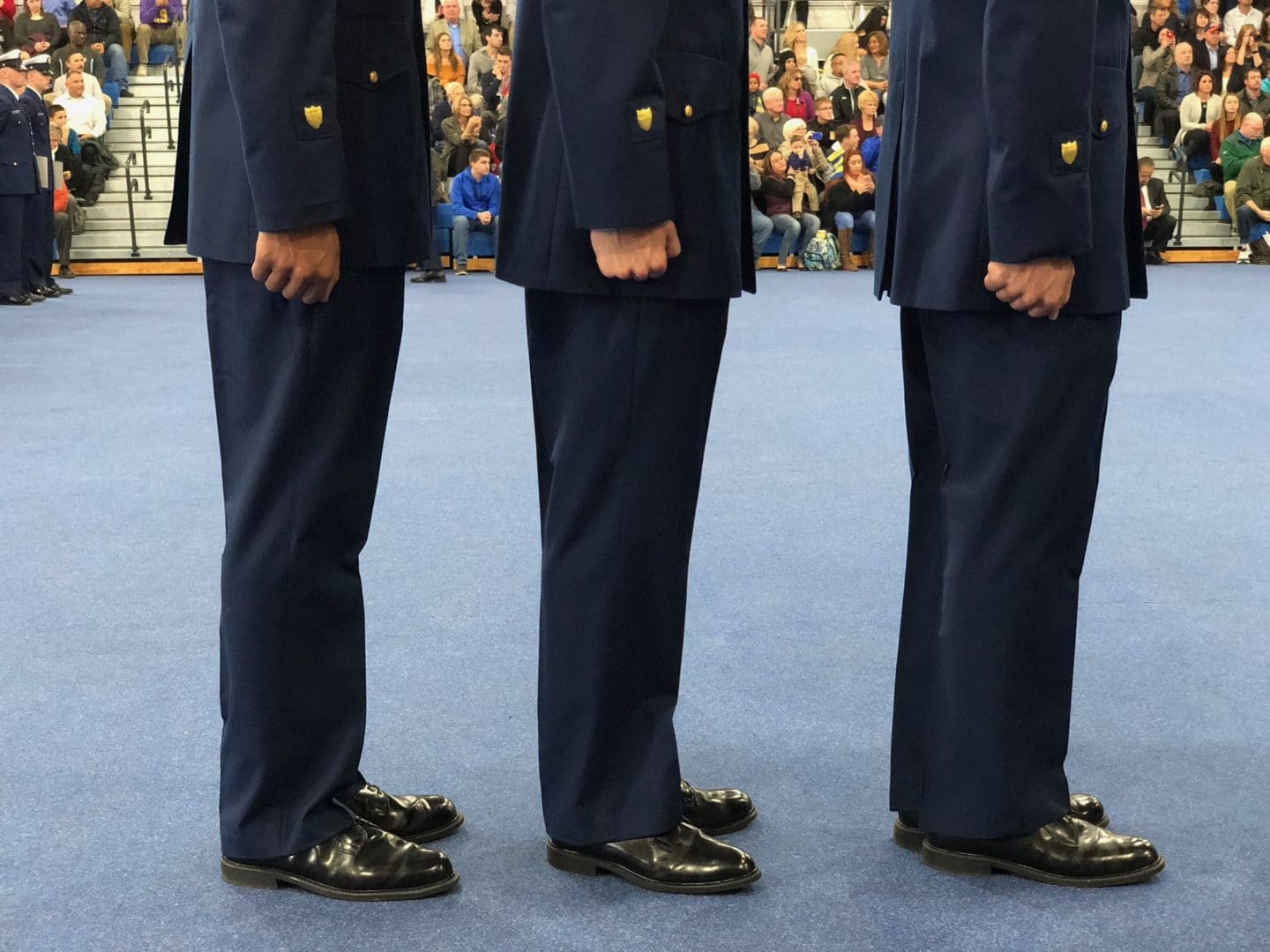

Typically, children with CG are quiet and don't coo or babble much we teach them to kick the vocalizing into high gear. We provide an extensive program of activities and routines via parent training, starting when the infant is 2 months old and ending at age 24 months. The Babble Boot Camp was created in 2017. In the Speech/Language Genetics Lab, we are all about leveraging knowledge of genotype-phenotype associations towards innovative approaches to achieve improved outcomes. Even though the risk for speech and language disorders is known at birth, infants with CG receive essentially the same assessment and treatment approaches as any other child. Most children with CG are diagnosed with severe speech and language disorders later, when they are old enough to show these types of disorders - usually around age 2 or 3 years. In the US, babies are diagnosed with this disease via newborn screening. This year’s boot camp is funded by the Office of Naval Research.īoot camp graduates receive one credit through the UAF Bristol Bay Campus.įor more information on the ACEP Microgrid Boot Camp, please contact Heike Merkel.Classic Galactosemia (CG) is an inborn error of metabolism. Department of Defense, to break new ground in alternative energy employment for student veterans. The microgrid boot camp course was originally developed by LEAPS as part of the Naval Enterprise Partnership Teaming with Universities for National Excellence program, an energy research project funded by the U.S.

Two other boot camp student graduates are the recipients of a Minority Educational Institution Student Partnership Program (MEISPP) internship through the U.S. Thirteen of the boot camp students will also participate in the ACEP Utility Student Internship, where they will work on projects in collaboration with Alaska utilities, research institutes and national labs and tribal organizations throughout the summer. Students also are considering scenarios where financial incentives can make certain generation types more or less feasible.

The simulated results of these microgrid models allow students to engage in conversation about how renewable and traditional electrical generation can be beneficial to villages and in what combination. "Students are creating estimated yearly load profiles for Alaska villages of their choice and using that data to design microgrids that are economically feasible for the area,” said Samantha Janko, managing director of the ASU lab.
ASU BOOTCAMP HOW TO
The students researched and used community energy data to explore how to integrate renewable energy with existing energy systems through instructor-led exercises and presentations. The boot camp, a collaboration between the Laboratory for Energy And Power Solutions at Arizona State University and ACEP, introduced energy regulations and policies, power systems design, financial considerations and challenges of renewables integration to the participants. Two people who work in the industry also attended to learn more about microgrids. Twelve of them were from University of Alaska campuses and five from other universities in the U.S. The participating students were current undergraduate and graduate students in mechanical engineering, electrical engineering, computer science and economics. Eighteen students and industry partners participated in the third Microgrid Boot Camp, which was held in a virtual format again this year due to coronavirus restrictions.


 0 kommentar(er)
0 kommentar(er)
